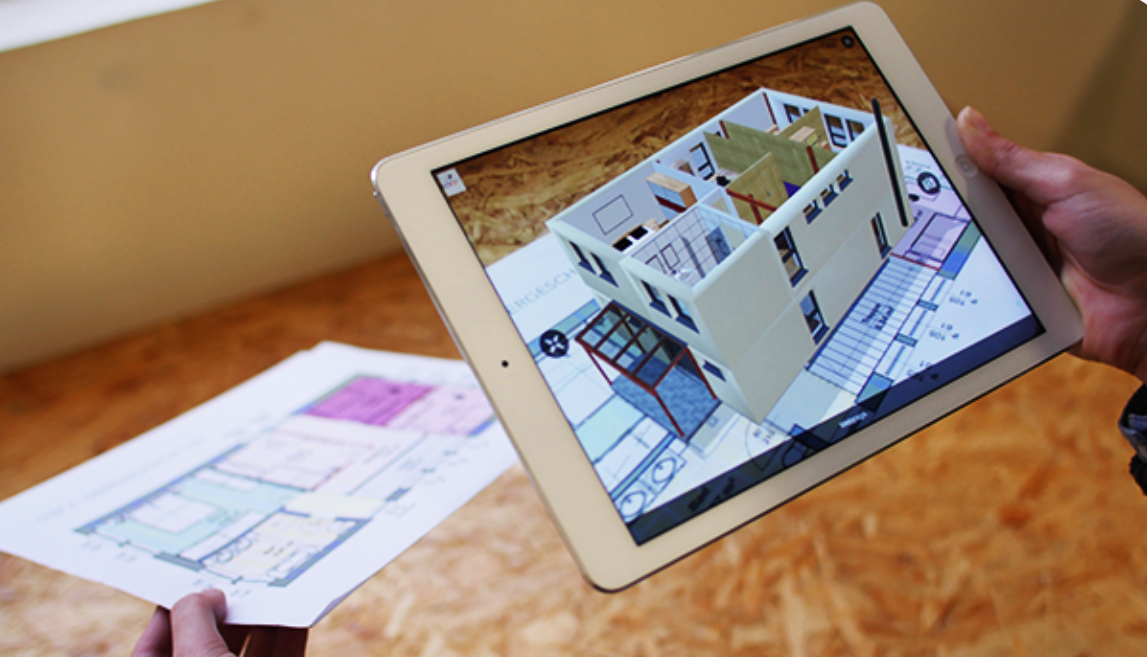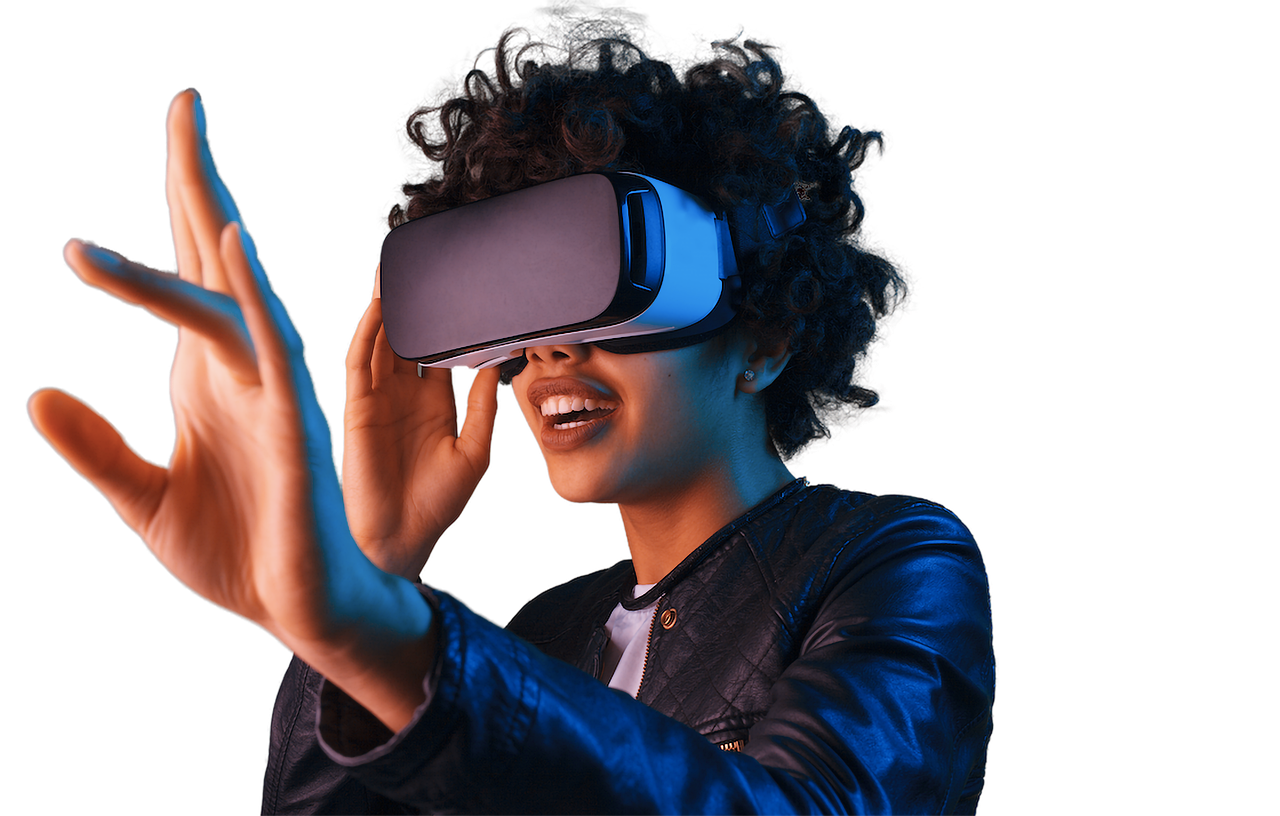Vous devez activer les cookies pour accéder à ce site.
How Augmented Reality Can Solve Construction Problems
A few years ago, right at the start of the pandemic – when so many of us were sitting at home dreaming of the outside world – we wrote a guide on augmented reality (AR) platforms. But we sort of took for granted that AR was useful to the AECO industry, without ever pointing out how exactly it could be useful.
So let’s revisit AR and see how it can be useful in a practical sense for BIM coordination.

Broad Strokes: What is AR?
Whereas virtual reality (VR) includes hardware and apps that allow you to immerse yourself in a digital 3D environment, augmented reality keeps focus on the real world, while enhancing it with an overlay of information.
VR has had a long (if rocky) infancy since its earliest attempts at conception sprang up in the mid 1950s with the Sensorama VR Machine (yes, that was its real name).

It soon became a focus of interest for sci-fi writers of the cyberpunk genre in the 80s and 90s, particularly once more inventive devices were designed from military funding. Today the technology is viable, but (to quote Star Trek) it was a long road getting from there to here!

Augmented reality is shaping up to be another amazing tool, with many different companies and industries working to unlock its potential. Unlike VR, AR superimposes digital images upon real-world scenes, so that a user can see both at once.
Video games are most often associated with AR, particularly mobile games that use the camera and geolocation features, like Pokemon Go!, which allows users to walk real-world streets and see digital Pokemon at the same time.
But beyond video games, other companies have found inventive ways to use AR: TikTok and FaceTime make liberal use of camera filters to overlay interactive images on a user’s face. And in a similar vein, L’Oréal’s Modi-Face app allows users to apply digital makeup to see what a product would look like on a user’s skin.
And now, it’s the AECO industry’s turn to use AR, the newest tool for more efficient workflows!
Solving Problems with AR
Models, even 3D models, are abstractions of real-world conditions. Just like no 2D world map will ever accurately represent the curvature of the planet and will always be in some way distorted, so too are the best models in Navisworks or ArchiCAD imperfect at showcasing real conditions.

But with AR, the line that divides model from reality is slightly blurred.
Imagine you are coordinating a job site. Typically, every specialist team would have a paper-printed copy of the plans they are tasked to work from. So the HVAC subtrade follow the plan to install a duct at a specific spot. But when the plumbers come onsite, they see that the plans require a pipe to be installed in the same location, but now the duct is in their way.
This leads to conflict and reworks, and you’re stuck trying to sort it all out. What a mess!
Good BIM coordination – like the tools and techniques that Newforma Konekt provides – can prevent these problems from happening, but what if your coordination effort had a helping hand from a technology that lets you visualize every element of the plan in real time?
Okay, imagine the same scenario as before, except every team has someone equipped with an AR headset. Now everyone is looking at an immersive 3D hologram model overlay, not a 2D printed sheet of paper. The plans are readily available and color-coded for each major specialty.

With AR, it’s much easier to demystify the ambiguities of a plan: the HVAC techs and plumbers can look at a wall and see the holograms of the pipes and ducts, and agree that they must be installed sequentially. As the BIM coordinator, you can assign the tasks with ease, knowing that everyone is aware of what the others are doing.
The visualization is key!

The Sci-Fi Future We Were Promised!
The best part of science fiction is seeing the speculation of the past come to life in the present. Like the communicators and datapads on Star Trek: the Next Generation that became the mobile phones and tablets we use today, so too are the sleek gadgets of 80s cyberpunk (like immersive headsets and holograms) emerging as real elements of modern contech.
It’s an exciting time to be working in construction. Can you imagine what tomorrow holds?